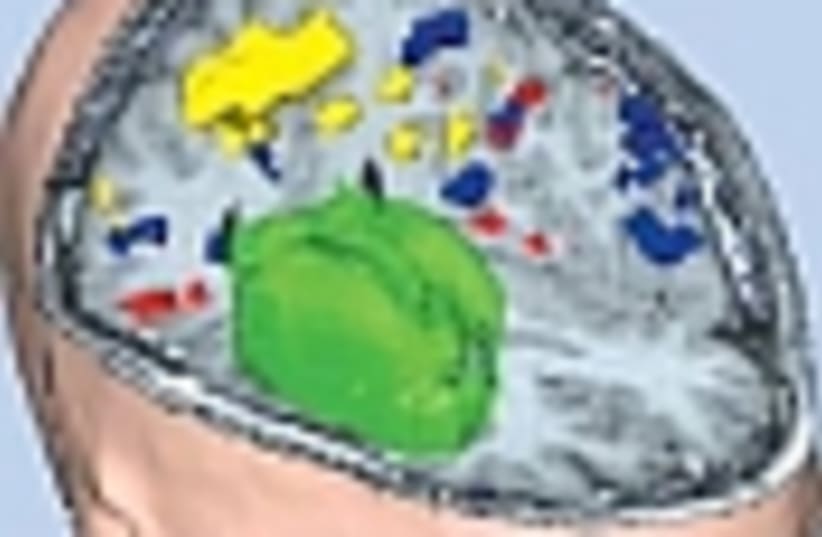| More about: | University of California, Los Angeles, Ronald Reagan UCLA Medical Center, New York University, Weizmann Institute of Science |
Health Scan: Listening in on single brain cells
UCLA team is probing the underpinnings of the human mind at the single-neuron level.
